Blender to Unreal Engine 5 The Complete Beginners Guide
Loại khoá học: 3D & Animation
3D Game Development Journey: From Blender Basics to Unreal Engine 5 Excellence
Mô tả
Are you looking for a complete Blender to Unreal Engine 5 professional pipeline project?
Kickstart an exciting adventure moving from the user-friendly Blender to the lively and real-time Unreal Engine 5. ‘Blender to Unreal Engine 5 The Complete Beginner's Guide’ is an easy-to-follow guide that is perfect for beginners, but also has cool stuff for the experienced folks, showing you a step-by-step route to make real-looking scenes in Blender and then bringing them into Unreal Engine 5, making a full scene come to life.
This is your starting line into the fun world of game development, helping you chase your dreams, whether you're into 3D printing for fun, want to get better at Blender, looking to become a pro at making game assets, or even dreaming about making your games someday.
So, if any of these sparks your interest, ‘Blender to Unreal Engine 5 The Complete Beginner's Guide’ is your one-stop shop to make those dreams a reality!
Simply put, 6 best parts about ‘Blender to Unreal Engine 5 The Complete Beginner's Guide’:
1. Kickstart your 3D modelling journey whether you are a seasoned artist or a newcomer
2. Start projects the right way with our complete referencing guide focusing on the symbiotic relationship between different types of specialist software and social media
3. Learn how to create realistic roof thatching and layer your roof to make it voluptuous
4. Master the power of compositing and layers in Blender with a complete 3D modelling pipeline from grey box to high poly render
5. Enrich your scenes through the use of Quixel assets and create rich environments and open worlds with or without foliage
6. Create custom landscape materials for enhanced natural beauty
Organized from the Get-Go
‘Blender to Unreal Engine 5 The Complete Beginner's Guide’ is split into two main parts:
a) first up is Blender, where you'll create your model
b) next is Unreal Engine 5, where you'll set up your model in a gaming environment
This way, you can choose what you want to learn based on what interests you more or dive into both to see the full process from start to finish. Now, let’s dig in deeper to see what cool things you'll learn and discover in this course.
Part 1: Blender
Getting the Basics Down and Then Some
Kick things off with 3D modelling a Viking hut, a fun project that not only sharpens your basic modelling skills but also introduces you to some expert tips and tricks. Discover the cool tools like Boolean operations and the grease pencil to create those classic Viking curves, laying a solid foundation for the realistic models you'll be crafting next.
You'll also learn the best ways to add a touch of realism to your models, including how adding a bit of randomness can make a big difference, and the power of beveling to give your models a finished, professional look.
Tackling the UV Unwrapping Challenge
We dedicate a significant chunk of ‘Blender to Unreal Engine 5 The Complete Beginner's Guide’ to the often-dreaded UV unwrapping.
- We'll demystify the process, making it a straightforward and enjoyable part of your modelling journey
- Plus, we'll dive into the world of seamless textures, exploring their advantages and understanding their limitations
Texture and Shader Magic
‘Blender to Unreal Engine 5 The Complete Beginner's Guide’ will see us unlock the mysteries of Blender’s built-in node system, changing imported texture maps into special shaders for your model.
- Journey through the ins and outs of RGB curves, a trip that makes your model more than just a visual, but an experience
- Get a detailed guide on crafting different shaders from the same texture maps, and see how you can tweak not only colours but the overall vibe
Mastering Thatched Roof with Transparency
The quaint allure of a Viking hut is brought to life with a realistic thatched roof. Dive into the art of crafting transparent roof thatching from scratch:
- Start with the basics of creating simple wheat structures
- Move on to harnessing Blender's particle system to design your very own texture maps.
This segment doesn’t just provide you with ready-made transparent thatching texture maps but empowers you with the skills to create your own.
Reflecting Reality with Blender's Water Creation
The calm lake by the Viking hut is more than just scenery; it's a silent storyteller of the Viking tale.
While creating basic water in Blender is straightforward, we elevate this skill to match the realism of our scene:
- Learn about using Blender's node system, so that no extra texture maps are needed
- Craft varying levels of transparency and exploring different water types
Whether you aim to depict the crystal clear waters of a tranquil desert island or the cold, murky ripples characteristic of Scandinavian waters, this section equips you with the knowledge to do so with a touch of realism.
Unlocking the Potential of Cycles X and Eevee
Dive deep into the heart of Blender’s Cycles X and Eevee render engines. ‘Blender to Unreal Engine 5 The Complete Beginner's Guide’ will show you how to significantly accelerate your render times, and introduce an incredible add-on called Turbo Tools, designed to expedite the creation of stunning images.
Learn about rendering specifics like the optimal number of samples to use and the ideal tile size for your projects. Through a blend of theory and practical insights, you'll be well on your way to producing visually arresting renders with improved efficiency and precision.
Shedding Light on Your Scene
Lighting is the lifeblood of realism in any 3D scene.
This thorough guide unfolds the nuances of utilizing the sky texture node in Blender, casting a natural radiance over your Viking abode, and echoing the serene yet wild essence of the ancient North.
‘Blender to Unreal Engine 5 The Complete Beginner's Guide’ will not only enhance your understanding of lighting but also provide practical approaches that elevate the realism and visual appeal of your renders, making each scene you create not just a visual spectacle, but an emotionally resonant narrative.
Crafting Layered Realities through Compositing
‘Blender to Unreal Engine 5 The Complete Beginner's Guide’ reaches its first crescendo with Blender's compositor, where rendering in layers transcends the process to become an art form.
- Embark on a learning curve to render different layers like normal maps and ambient occlusion
- Discover how, with the potent Blender compositor, you can weave these layers together to not merely craft an awe-inspiring scene, but also gain the prowess to tweak any facet of your render
Desire darker shadows, or perhaps a vibrancy akin to a Pixar movie? Or maybe a sombre, Dark Souls-esque ambience? All these and more are achievable through this ‘Blender to Unreal Engine 5 The Complete Beginner's Guide’ segment on compositing.
Part 2: Unreal Engine 5
Importing glTF File with Auto-Setup Textures and Materials
Embark on a smooth transition from Blender to UE5, as we unveil the ease of importing glTF files.
We've streamlined the process, automating the setup of textures and materials, making asset importing a breeze. You'll find how seamlessly your creations from Blender integrate into UE5's lively environment.
Creating Environmental Lighting From Scratch
Utilize the powerhouse of the Lumen lighting system to achieve photorealistic lighting in real time.
- Begin by understanding how to create and manage light sources, setting the perfect tone for your scene
- Transition into crafting a lively sky with a dynamic cloud system, bringing a layer of realism and dynamism
- Delve into creating a volumetric fog that interacts with lighting, adding an atmospheric touch
- Master ambient lighting to achieve a natural, soft illumination that brings a cohesive feel to your scene. With the Lumen lighting system, environmental lighting is demystified, offering a vast realm of possibilities for achieving realism and setting the mood in your scenes
Whether aiming for a serene dawn, a bright noon, or a spooky night, the skills learned in ‘Blender to Unreal Engine 5 The Complete Beginner's Guide’ will equip you with a robust lighting toolbox for any UE5 project.
Setting Up a Landscape Scene
Step into the expansive world of UE5 with our segment on setting up a landscape scene, perfect for those keen on crafting natural, engaging environments.
- Get your feet wet with the UE5 water plugin, unlocking the ability to craft realistic water bodies, be it a peaceful lake or a flowing river
- Embrace the power of UE5's Nanite virtualized geometry for creating detailed yet performance-friendly terrains, exploring the visual uplift it brings to your scenes
- Elevate your landscapes further with terrain displacement, adding a touch of natural undulations and features, making your terrains feel alive and organic
- Finally, learn the art of blending water bodies with Nanite-enabled terrain, while ensuring optimal performance without sacrificing quality
Crafting Terrific Terrain Material
This section of ‘Blender to Unreal Engine 5 The Complete Beginner's Guide’ is your pathway to mastering terrain material creation, each lesson bringing you closer to fashioning large, immersive environments ripe for exploration.
- Uncover the magic of weight painting to control texture distribution across your terrain, painting nature's essence like rocky highlands or lush grasslands with ease
- Discover distance blending, a feature that facilitates seamless texture transitions, enhancing detail both from afar and up close
- Delve into techniques for large environment texturing
- Craft seamless textures that flow naturally across your terrain, enhancing the cohesion and aesthetic appeal of your digital landscapes
Enriching Scenes with Quixel Assets & Foliage
The next step for us to take in ‘Blender to Unreal Engine 5 The Complete Beginner's Guide’ is to create visually captivating scenes rich in detail and storytelling, making each digital environment not just a scene, but a narrative.
- Dive into the Quixel assets library, learning to select and import high-quality assets that significantly uplift your scene's visual appeal
- Understand the essence of infusing natural vibrancy with foliage in your scenes, based on strategic asset placement for visual appeal and storytelling
- Delve deeper into fine-tuning material setups for Quixel assets, ensuring seamless blending with your scene for enhanced aesthetics and realism
Mastering Material Adjustments
In this section, we will begin with a guided tour of the node system within the material graph, discovering the magic of granular material manipulation to nail the perfect aesthetic step-by-step.
- Explore texture tweaking techniques in the image details tab, learning how minor adjustments can dramatically alter your material's appearance to match your scene's ambience
- Uncover the transformative power of colour calibration, tweaking colour settings to achieve a harmonious palette
- Engage in practical material adjustments through hands-on exercises
- Enjoy real-time feedback as you tweak, seeing the instant impact of your adjustments, and deepening your understanding of material manipulation
Color Grading Mastery
‘Blender to Unreal Engine 5 The Complete Beginner's Guide’ will kickstart your journey with a primer on post-processing tools, unveiling their potential to elevate your scenes.
- Delve into the art of achieving realism through colour, learning the balance that ensnares players into your game world
- Engage in hands-on colour grading exercises, witnessing your scene's transformation towards a professional, realistic finish
Summing it all up
Alright, as we wrap up, let's get real.
‘Blender to Unreal Engine 5 The Complete Beginner's Guide’ is your straight shot to going from where you are now, to rocking it out as a pro in the 3D world.
Ever looked at those cool game environments and thought, "Hey, I wish I could create something like that?" Well, this is your chance to stop wishing and start doing.
Step-by-step guidance
Discover everything you need to know to create your 3D environments. Even if you have never touched Blender or Unreal Engine 5 before, this course offers step-by-step guidance to help you with the basics so that you can feel comfortable using the software.
With 17+ hours of video content, this course takes you from complete beginner to proficiency.
What is included in this course?
The ‘Blender to Unreal Engine 5 The Complete Beginner's Guide’ resource pack includes 1 x completed Viking hut .blend file if you choose to skip to part 2 of this course and focus on UE5 only, 1 x thatched roof full Blender set up, 1 x human reference .obj, 13 different textures, 3 thatching texures (normal, colour, and AO), and over 500 texture maps.
By the end of this course, you’ll not only have a solid project to show off but also the skills to take on new projects on your own.
Imagine the possibilities, the creations waiting for your touch. Cool, right?
So, if you’re serious about levelling up your skills and diving into the world of 3D and game development, this course is your golden ticket!
See you in the course and happy modelling everyone,
Neil – 3D Tudor
Bạn sẽ học được gì
• Kickstarting your 3D modelling journey in Blender whether you are a seasoned artist or a newcomer
• Using Blender 3 and understanding its new interface and shortcuts
• A course within a course introduction into (a) Blender basics, (b) materials and textures, (c) seams, sharps, and UVs
• Speeding up your 3D modelling workflow with a comprehensive overview and demonstration of using Blender’s asset manager
• Starting projects the right way with our complete referencing guide focusing on the symbiotic relationship between different types of specialist software and
• Creating Viking curves using cool tools like Boolean operations and the grease pencil
• Learning how to create realistic roof thatching and layering your roof to make it voluptuous
• Diving into the world of seamless textures, and harnessing Blender's particle system to design your very own texture maps
• Crafting different shaders from the same texture maps to see how you can tweak not only colours but the overall vibe
• Experimenting with varying levels of transparency and exploring different water types using Blender’s node system
• Mastering the power of compositing and layers in Blender with a complete 3D modelling pipeline from greybox to high poly render
• Exploring practical approaches that elevate the realism and visual appeal of your renders
• Embarking on a smooth transition from Blender to Unreal Engine 5 (UE5), as we unveil the ease of importing glTF files
• Creating a volumetric fog that interacts with lighting, followed by a complete guide and introduction to the UE5 Lumen lighting system
• Unlock the ability to craft realistic water bodies, be it a peaceful lake or a flowing river using UE5’s water plugin
• Elevating your landscapes further with terrain displacement, and blending water bodies with Nanite-enabled terrain
• Uncovering the transformative power of colour calibration, tweaking colour settings to achieve a harmonious palette
• Enriching your scenes through the use of Quixel assets and create rich environments and open worlds with or without foliage
• Engaging in hands-on colour grading exercises, and witnessing your scene's transformation towards a professional, realistic finish
Yêu cầu
- • To own a computer (Microsoft, Linux or Mac)
- • To have downloaded Blender and Unreal Engine 5 (UE5) or one of the two if you choose to only do Part 1 (Blender) or Part 2 (UE5) of this course
- • A thirst to learn and excitement about 3D modelling, game art, game engine integration, and 3D environment design
- • To download all course resources including 1 x completed Viking hut .blend file if you choose to skip to part 2 of this course and focus on UE5 only, 1 x thatched roof full Blender set up, 1 x human reference .obj, 13 different textures, 3 thatching textures (normal, colour, and AO), and over 500 texture maps.
Nội dung khoá học
Viết Bình Luận
Khoá học liên quan

Đăng ký get khoá học Udemy - Unica - Gitiho giá chỉ 50k!
Get khoá học giá rẻ ngay trước khi bị fix.

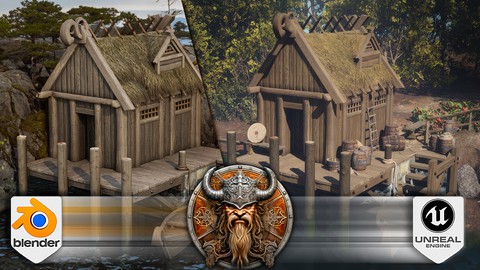

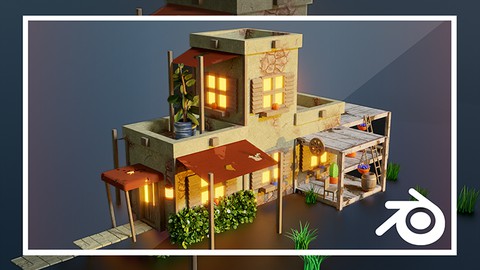

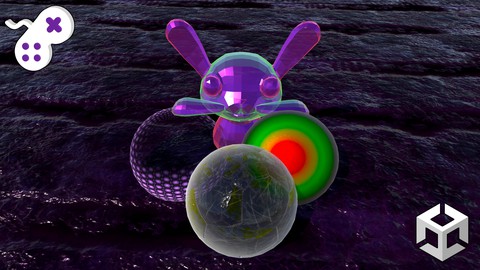

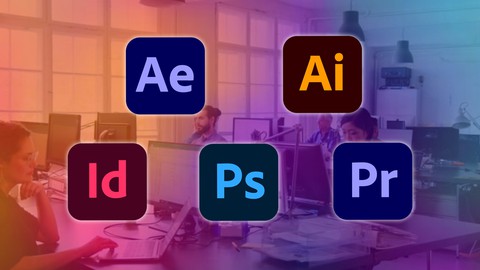
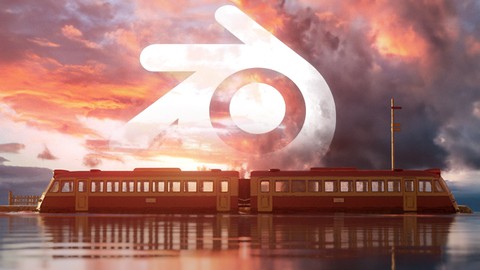
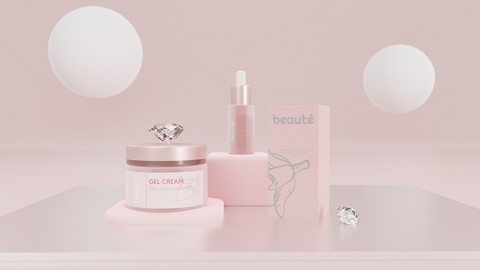
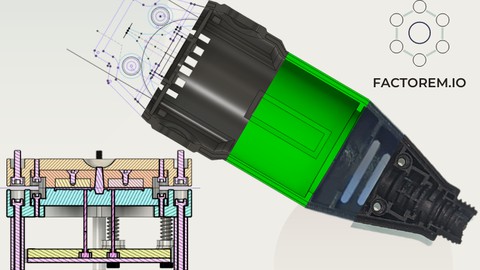
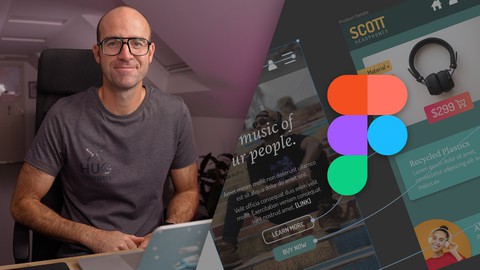

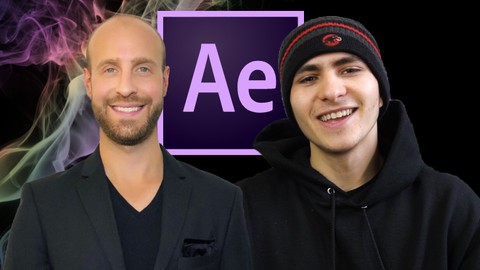




Đánh giá của học viên
Bình luận khách hàng